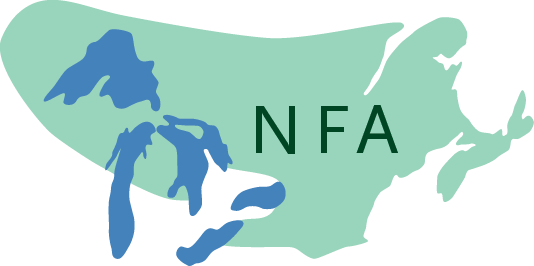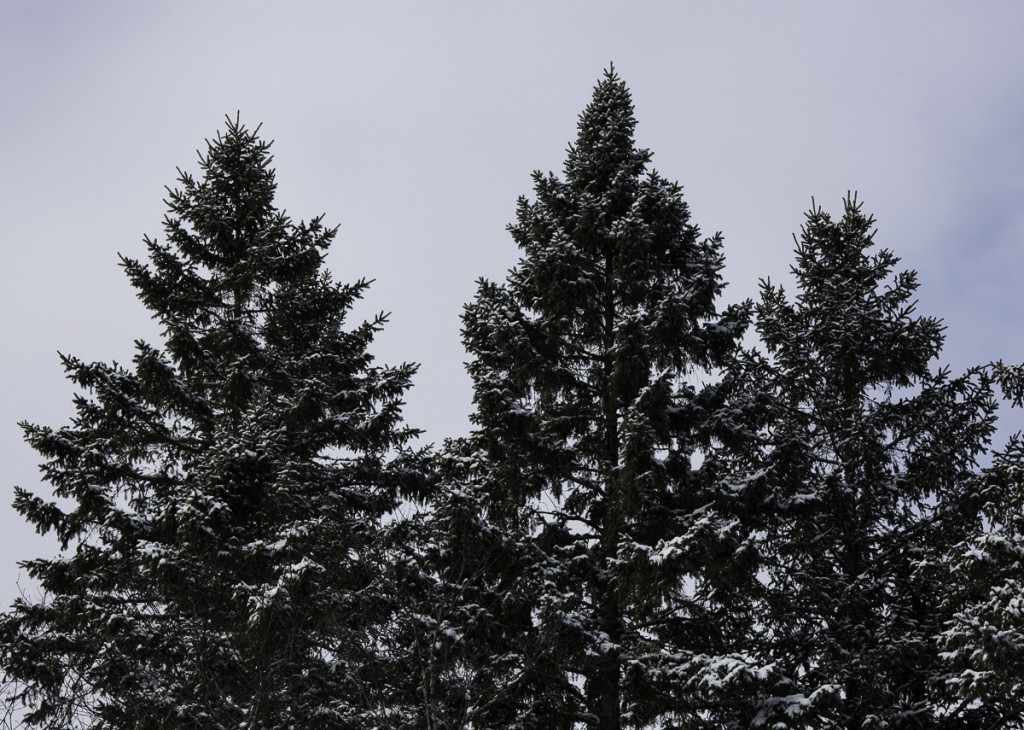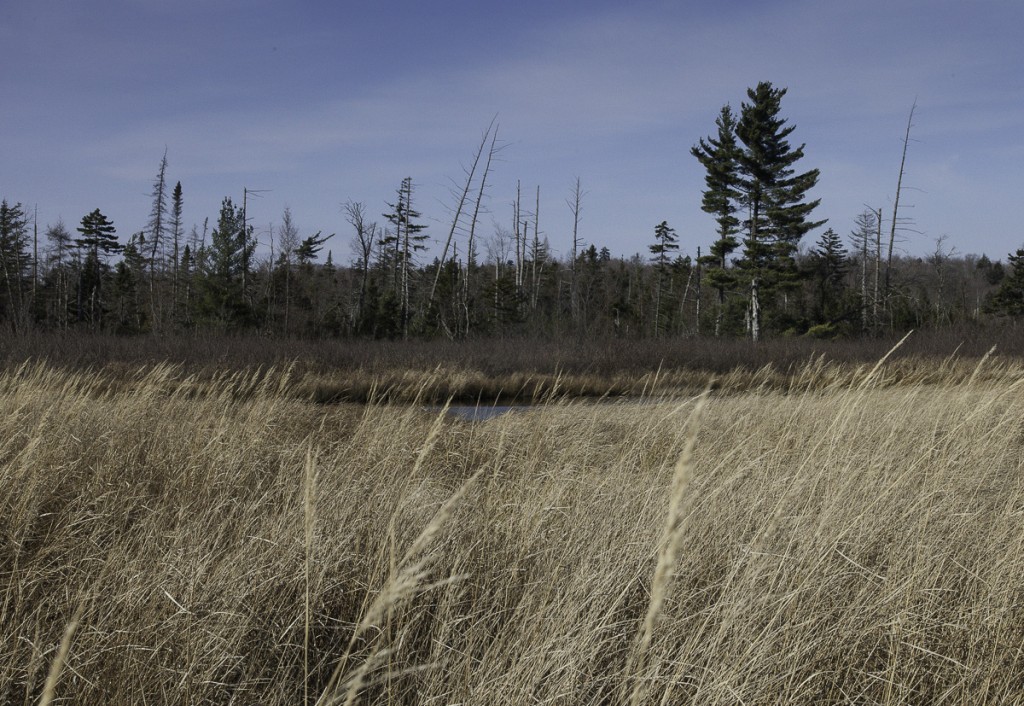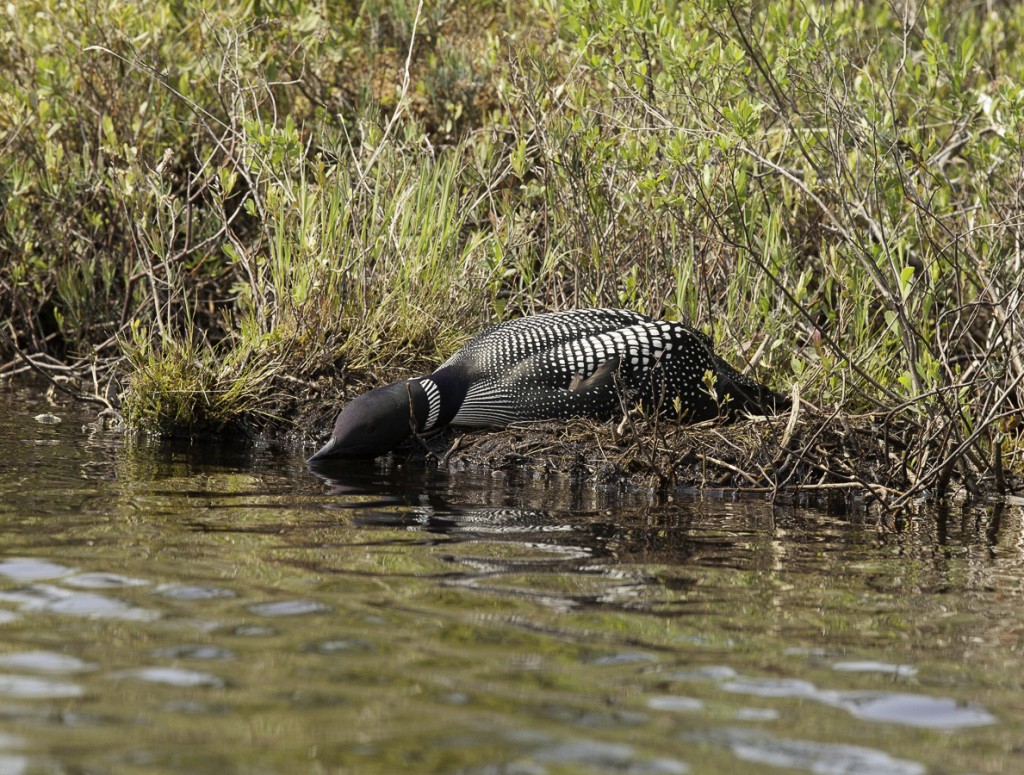The Atlas has a library of high-resolution imagery, at scales ranging from air-photos to near microscopic. We are making this library available in two ways. Medium-resolution versions of the imagery are available on-line, using the search boxes on this page. High-resolution images, too big to display efficiently on the web, have been incorporated in Digital Atlases and Charts. See the Products page for these.
The on-line image library currently includes about 5,000 photos of mosses, sedges, and woody plants. We plan to add birds, mammals, and landscapes in future and grasses and herbs beginning in 2021.
Mosses: Entodon cladorrhizans
The images may be searched for by name or by habitat. All species have Latin names. Woody plants, birds, mammals, and herbs have, in addition, English names. The Latin names are, mostly, those used in the Flora of North America. The English names are simply the ones we like best.
To search by name you enter a name, either English or Latin, in the upper box. The hints show the images that match what you have entered. If you type in a valid name—say Saelania—and see no hints, it is because we don’t have images for it yet.
The search box will find the commonest Latin synonyms. It knows, for example, that Loiseluria procumbens is now Kalmia procumbens. But it doesn’t know that red ash is, unaccountably, the same thing as green ash, or that, some years ago, Atrichum was Catharinea.
Sedges: Carex argyrantha
Alternately, you may search by expanding the list of categories. To find white oak for example, you may choose Woody Plants>By English name>Oaks>White oak or Woody Plants>By Latin name> Quercus>Quercus alba.
A red triangle next to a category means that there are photos associated with it. When you get to Oaks, for example, you may click the red triangle to see all the pictures of oaks, or click oak to see the species of oaks. If the oak species you are looking for has a triangle of its own, click it. If it doesn’t, we have no photos of it yet.
Clicking a red triangle or hitting return in the search box brings up a page of thumbnails. You may click on any thumbnail to enlarge. Or you may check up to six thumbnails and click Compare to compare them.
When using Compare, note that you can drop images from the group being compared by clicking the drop-boxes. And, because the images being compared persist until you clear them, you can compare multiple species. If, say, you want to compare red spruce to balsam fir, you first search for spruce and check a couple of images. Then you search for fir and check a couple more, and click Compare to compare them all.
The category tree also allows you to search by habitat. Under Mosses>By substrate and habitat, for example, you could select Alpine zone>Commonest alpine mosses, to see a list of the most abundant alpine mosses, or Alpine zone>Seeps, snowbeds, depressions to see more specialized ones.
A few words about the imagery. The sedge, moss, and woody plant images are by Jerry Jenkins. Most were taken for this project. Sometime in future we will add animal and landscape images by Larry Master, Ed McNeil, and others.
Our goal has been to provide the sharpest and clearest images we could. Most of the images are multi-image composites, shot using focus stacking or exposure stacking. For more information on techniques and equipment, see the Articles page
Getting the photos has been a major challenge. Naming them has, in many cases, been equally challenging. Fortunately, we have had excellent collaborators: Brett Engstrom and Matt Peters for vascular plants and Sue Williams for mosses.
None the less, despite all our efforts, some are missing and some, because of complexity or inadvertence, are misnamed. If you can help plug the gaps or correct the errors, please let us know.
All photos are copyrighted by the Atlas project. We are happy to make them available for educational, scientific, or conservation use. The medium resolution images on this website may be downloaded without permission for non-commercial use. The Atlas project should be acknowledged whenever possible in all uses (©Northern Forest Atlas Foundation). Graphics may not be published or posted to other websites without permission. For permission or to request high resolution versions of images shown here or for commercial use of the images, please contact us.
Unauthorized reproduction, except as permitted above, is prohibited.






